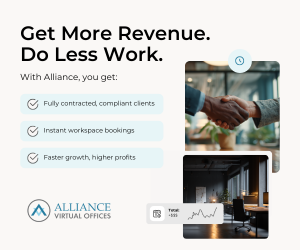As the gig economy continues to thrive, nearly a third of U.S. employees—about 31%—are juggling side hustles or additional gigs alongside their main jobs, according to recent data from LinkedIn’s Workforce Confidence Survey. This growing trend includes a range of extra work, from tutoring and consulting to running small businesses or driving for rideshare apps.
However, not all workers are equally likely to have a side job. LinkedIn’s survey highlights which professions are more inclined to pursue side hustles and which ones are less likely to do so.
Business development professionals topped the list, with the highest number of workers in this field reporting they have at least one side hustle. Rounding out the top five were those in arts and design, media and communications, education, and marketing. These roles often offer flexibility and creativity, factors that might make side projects more feasible or attractive to workers in these fields.
On the other end of the spectrum, workers in quality assurance, product management, and engineering were found to be the least likely to take on additional work. These fields, which often require a high level of specialization and structured work environments, may leave little room for side projects outside of regular job responsibilities.
Side hustles can offer workers additional income and a sense of personal fulfillment, but they can also present challenges in terms of time management and work-life balance. Still, the trend of balancing multiple roles seems to be increasingly popular, especially in fields where autonomy and flexibility are key.


 Dr. Gleb Tsipursky – The Office Whisperer
Dr. Gleb Tsipursky – The Office Whisperer Nirit Cohen – WorkFutures
Nirit Cohen – WorkFutures Angela Howard – Culture Expert
Angela Howard – Culture Expert Drew Jones – Design & Innovation
Drew Jones – Design & Innovation Jonathan Price – CRE & Flex Expert
Jonathan Price – CRE & Flex Expert











